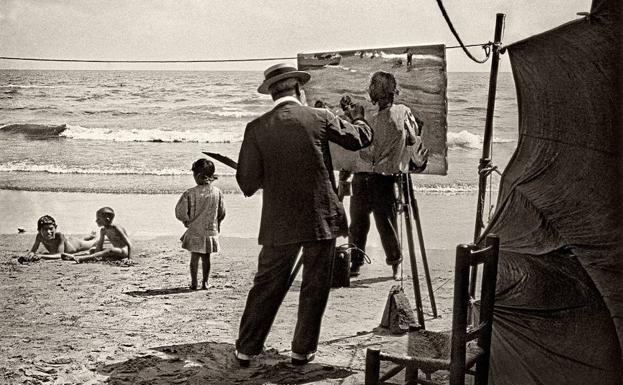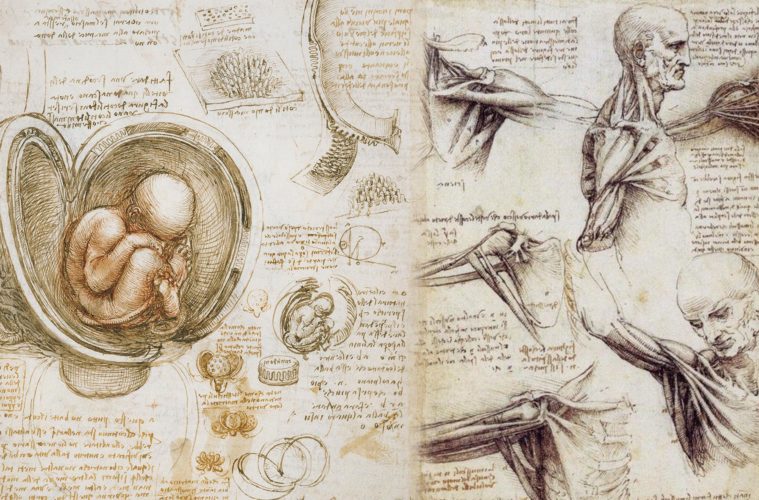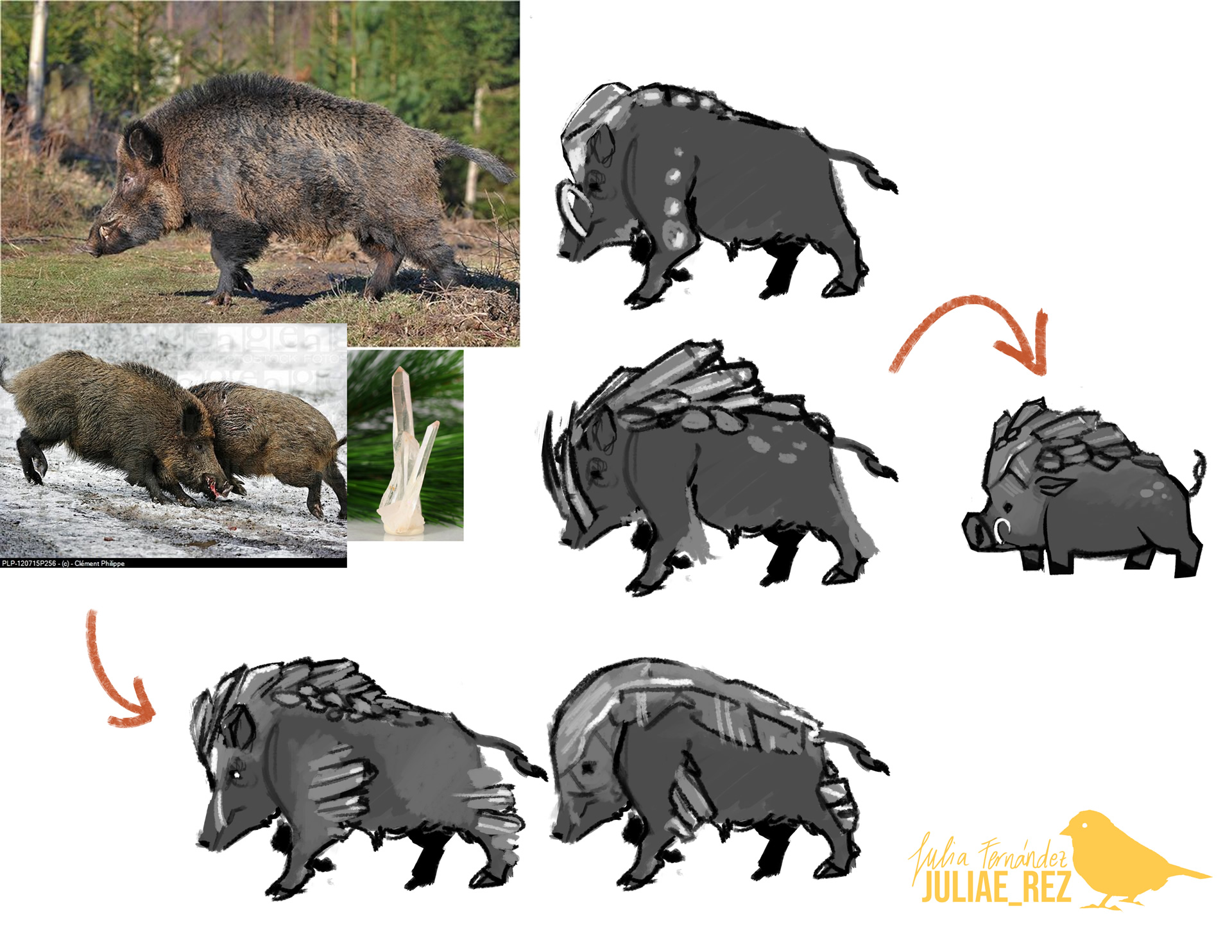References: the neverending story
It is often said that the history of the world is an eternal loop that humanity is forced to revive until the end of time, of which it is neither fully aware, nor can it escape.
The same goes for the discussion about using references in art: is it cheating or is it necessary? A question whose answer seems not to penetrate and it’s for that reason that we will develop it in this post.
From the beginning I clarify that no, it is not cheating, but I want to explain why.
Drawing is seeing.

Joaquín Sorolla painting on the beach
Since the caves paintings to Caravaggio, the artists have painted what they have seen along the centuries. To create their works they used to take references from their surroundings, hiring people who posed for them, making still lifes, seeing animals at zoos or similar and even using tools as the dark chamber.

Leonardo da Vinci Anatomy References
This was due, and is due to the fact that to simplify a three-dimensional element into drawing or painting is difficult and one must know how this element works. So if we want our work to be correct, recognizable and that the errors do not distract from the message you want to convey, we must to study references.

Meet Kathryn Beaumont, the 10 year-old girl who became Walt Disney’s Alice in Wonderland in 1951.
This is the usefulness of references: they help us to evolve as artists and to perfect our works.
There are two ways to use references:
- Research and learning:
To know how things work you have to study the lights, anatomy, textures, etc. from photos or from works of other artists. You have to learn to do things in the best possible way, making it being recognizable and making sure you do it right. You cannot draw on what you do not know and you cannot reproduce what you have never seen. Do not go crazy and take for granted the first thing that comes to your mind because probably what you end up creating it's not going to be so good.
- Inspiration:
If you want to improve as an artist, you must inevitably see the creations of other artists. Compare, analyze, see how they have done it and understand their creative process. Thus you will open your mind to new techniques and probably you will perform better works.

Noah Bradley's Free Photo Reference Megapack, click in the picture
We must bear in mind that looking at references does not mean taking what you see and copy it. You have to interpret it. The same image can result in a thousand different ways depending of the artist's eyes. Each artist is different.
That is why, now that we have in our hands a tool as powerful as internet and photography. Why shouldn't we use it?
We must set our ego aside and understand that we do not know everything, and that if we want a good illustration and become a good artist, we have to study.
In the next post i will talk about references in Fulvinter. Do not miss it!

Fulvinter’s enemy reference.



